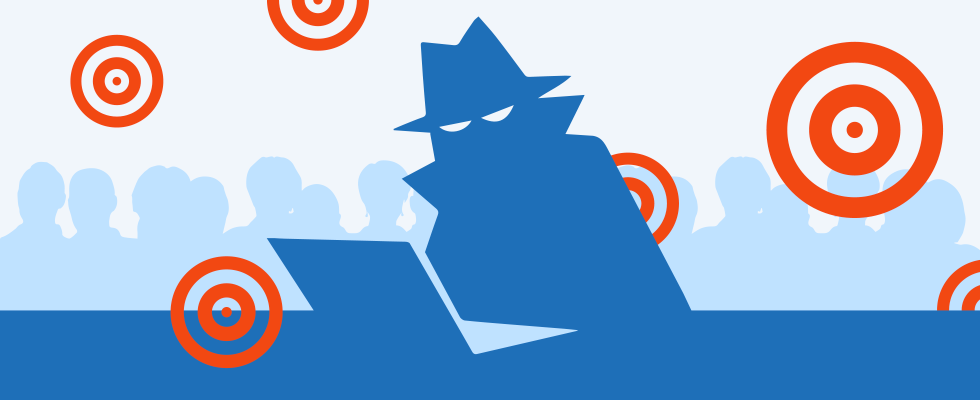
 A recent global cyberattack—malicious ransomware, appropriately named WannaCry—was aimed initially and primarily at the big players: universities, hospitals and multi-national companies. Rather than wait for the other shoe to drop—in the form of second-wave copycats wanting to get in on the action—the more responsible citizens among us are treating these global cyberattacks as a wake-up call to better secure our computer systems.
A recent global cyberattack—malicious ransomware, appropriately named WannaCry—was aimed initially and primarily at the big players: universities, hospitals and multi-national companies. Rather than wait for the other shoe to drop—in the form of second-wave copycats wanting to get in on the action—the more responsible citizens among us are treating these global cyberattacks as a wake-up call to better secure our computer systems.
We’ve all experienced the momentary confusion, unease or sickly dread, that comes with receiving an email claiming to need an immediate response, or risk that a—you name it: credit card, bank account—will be blocked. Phishing. Malware. Email scams. Even as we learn to identify these scams, the ruses keep shifting and the attacks grow more clever.
Thankfully, Richard Pavek (Yellow Ferry) has written, and shared with us, Staying Safe in a Digital World. It’s a quick and essential read for anyone the least bit unsteady in their digital footing. Richard covers what to do if your email list is hacked, email and telephone scams, malware and ransomware, how to create secure passwords, and what to do to protect your computer and phone. He breaks it all down—with clearly presented examples, explanations and guidelines—both for what you can do proactively and for how not to be taken in. Posted on the FHA website, this guide couldn’t have come at a better time.